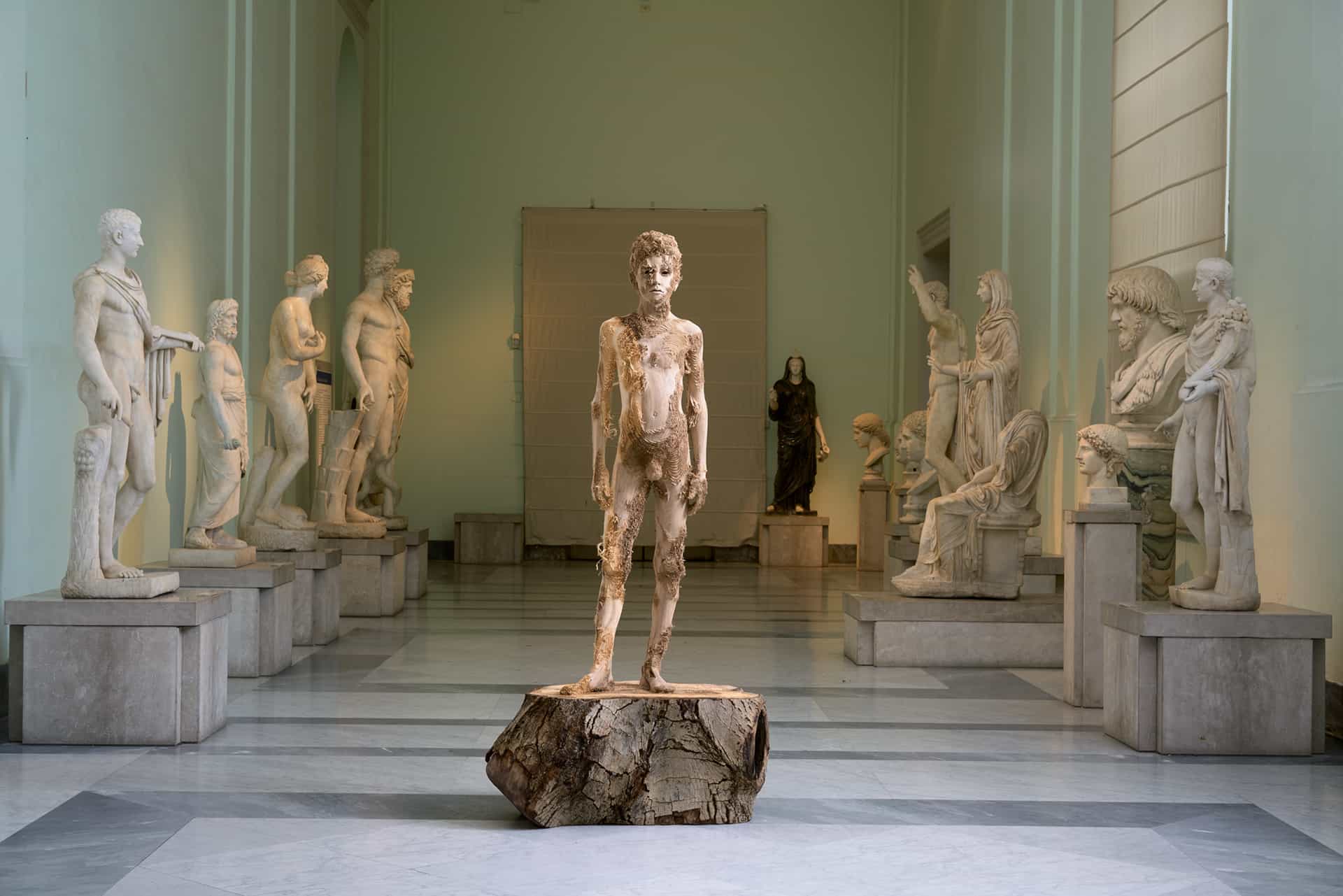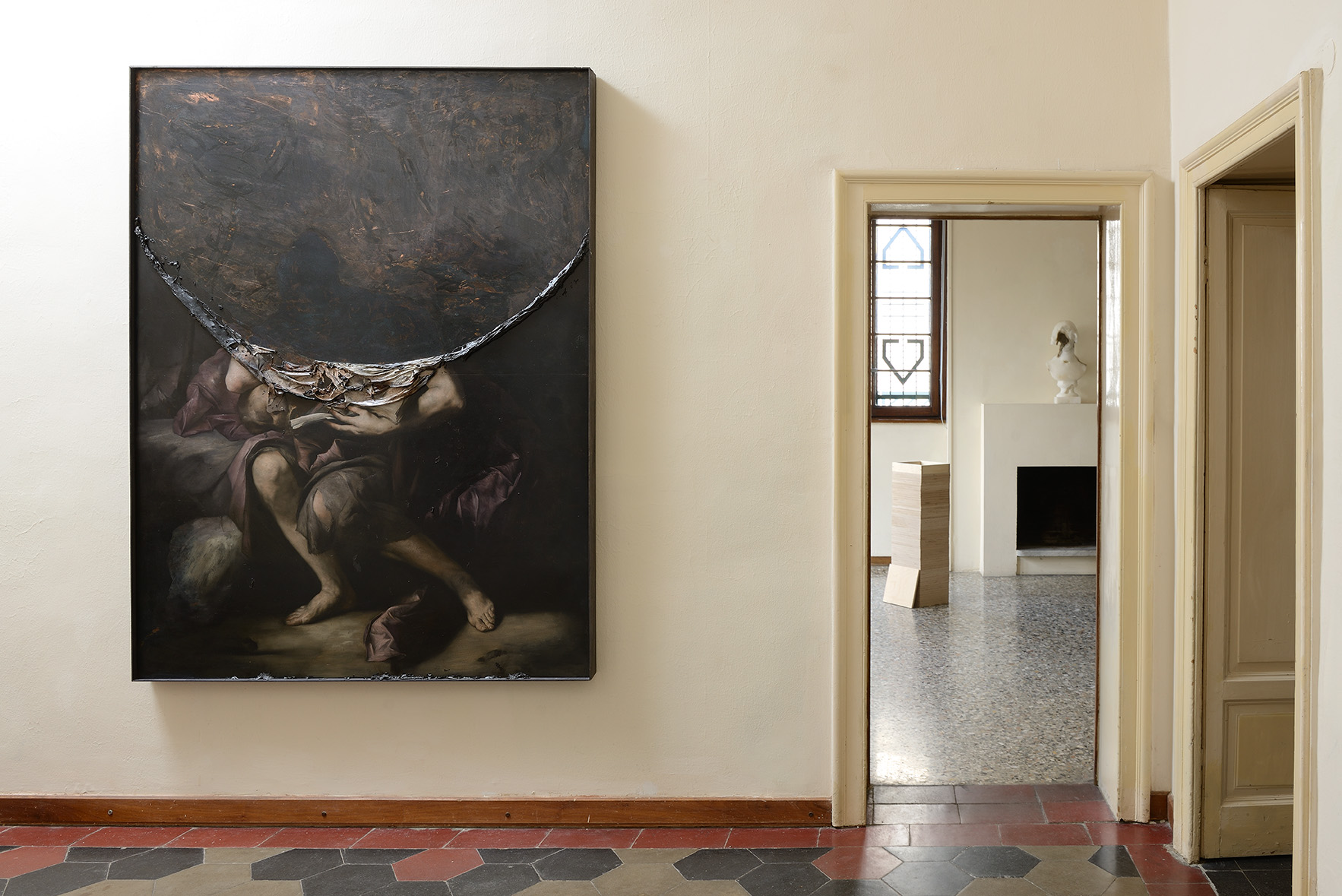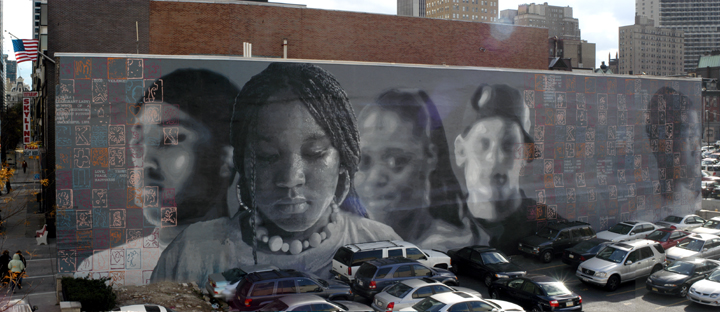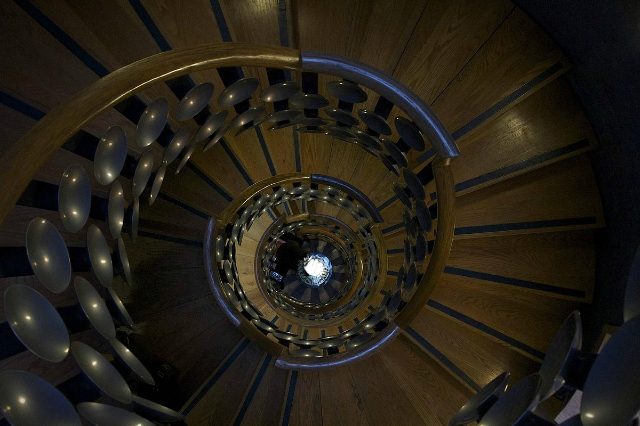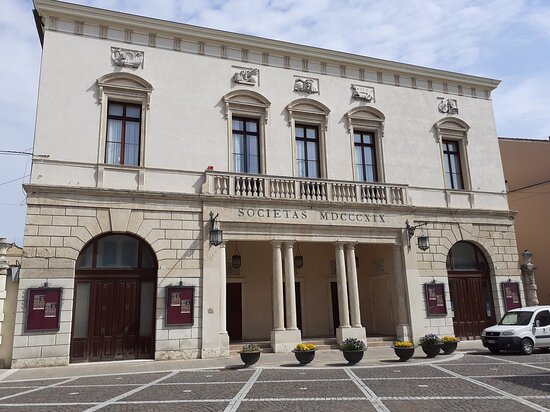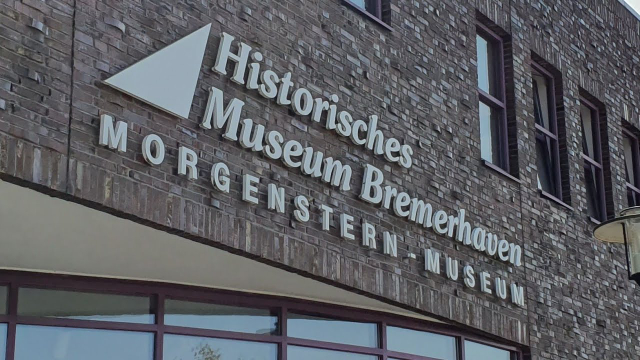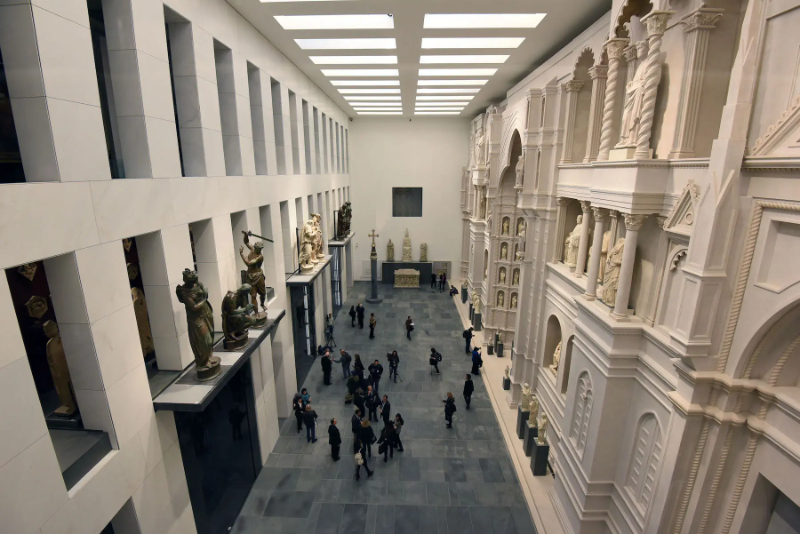The National Archaeological Museum of Naples is among the oldest and most important in the world for the richness and uniqueness of its heritage and for its contribution to the European cultural scene.
The origin and formation of the collections are linked to the figure of Charles III of Bourbon, on the throne of the Kingdom of Naples since 1734, and his cultural policy: the king promoted the exploration of the Vesuvian cities buried by the eruption of 79 AD. (begun in 1738 in Herculaneum, in 1748 in Pompeii) and supervised the construction of a Farnesian Museum in the city, transferring part of the rich collection inherited from his mother Elisabeth Farnese from the residences in Rome and Parma.
It is due to his son Ferdinando IV the project of bringing together in the current building, built at the end of 1500 with the destination of horsewoman and from 1616 until 1777 seat of the University, the two nuclei of the Farnese Collection and the collection of Vesuvian finds already exhibited in the Herculaneum Museum inside the Reggia di Portici.
From 1777 the building was affected by a long phase of renovation and extension projects, entrusted to the architects F. Fuga and P. Schiantarelli. In the decade of French domination (1806-1815) the first fittings were made and with the return of the Bourbons to Naples in 1816 it assumed the name of Royal Bourbon Museum. Conceived as a universal museum, it housed institutes and laboratories (the Royal Library, the Accademia del Disegno, the Officina dei Papiri…), later transferred to other locations in 1957.
The Museum’s collections, which became national in 1860, have been enriched with the acquisition of finds from excavations in Campania and southern Italy and private collections. The transfer of the Art Gallery to Capodimonte in 1957 determined the current appearance of the Archaeological Museum.
It houses precious collections and archaeological finds dating back to the prehistoric and late-Roman periods, as well as many historical collections, including those of the Farnese family, the Borgias and the collection of ancient Egypt.
